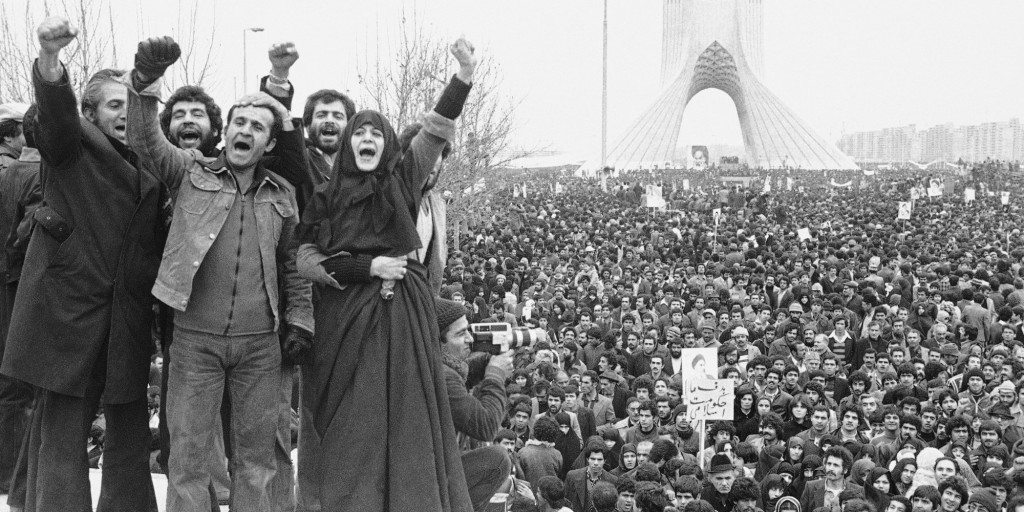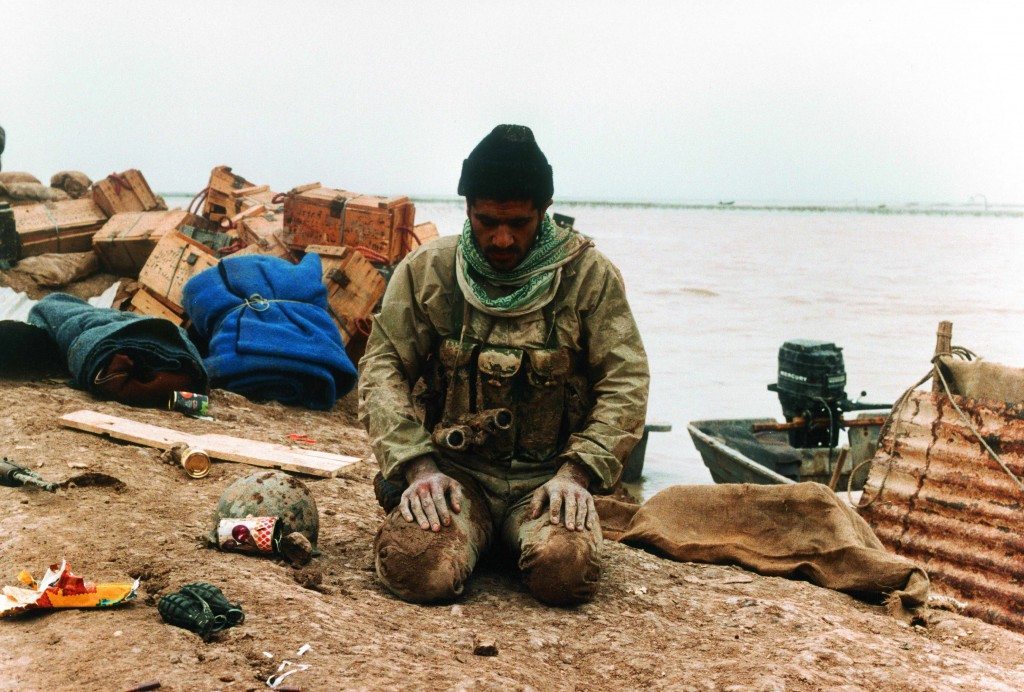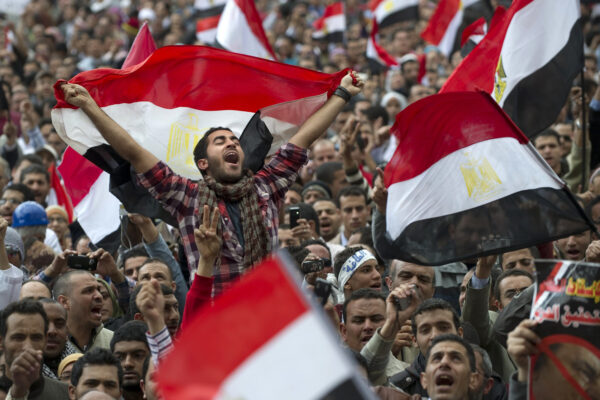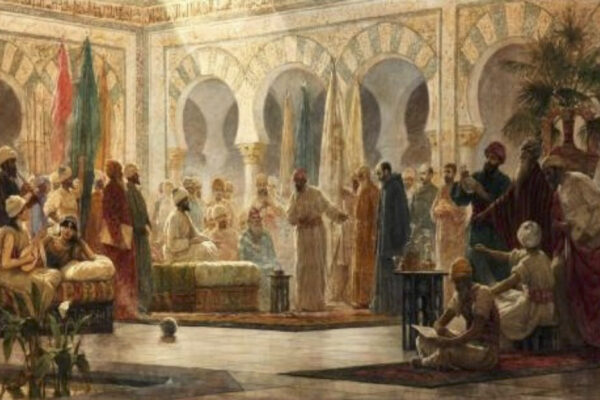While starting a twitter storm has quite the impact on discourse and, in rare moments, can shape policy, sometimes it’s better to use a #tbt approach to revolution. The upheaval of the Iranian government by Imam Khomeini was one of the largest Shia movements in recent history and serves as an interesting example. Although a number of circumstances culminated in the revolution, Iranian philosophers and clerics orchestrated quite a bit of the uprising – indirectly manipulating the masses into action. After reading Heinz Helm’s Shia Islam: From Religion to Revolution and Khumeini Speaks Revolution, a compilation of Imam Khomeini’s sermons, it became clear that the Islamic Republic of Iran came to fruition through a calculated campaign against the shah, which rested on the co-optation of a few facets of Shia Twelver Islam.
1. Follow the Leader
Grab yourself a charismatic leader! The change we can believe in. A girl worth fighting for. The boy who lived. Every movement has one of them. While Imam Khomeini filled this position well for Iran, he used the Mehdi as an idealized leader of the uprising. By pushing the movement as a revolution led by the savior of Islam, Khomeini made it impossible for Shias to sit silently. Prior to this campaign, Shias failed to take initiative to create a world worthy of the Mehdi’s return. Instead, they waited, solemnly and patiently, for the appearance of the Man who had the power to provide liberty, equality, fraternity, and justice. Khomeini revolutionized the image of the final Imam by giving him a voice and speaking on his behalf. While this seems controversial and perhaps inappropriate to some, Khomeini’s technique was incredibly successful.
2. Chant till you Can’t
Get your rhyming dictionary out because slogans can make or break a movement. Yes we can. Tippacanoe and Tyler too. From the river to the sea, Palestine will be free. Shop till you drop! Slogans help define movements succinctly. We’ve all heard our speakers say “Everyday is Ashura, Every Land is Karbala” from the pulpit or our reciters chanting it from the front of the room but truthfully this is not religiously accurate. In fact Imam Hassan (AS) established on his deathbed that “there is no day like yours, oh Hussain.” The slogan originated in the Iran revolution to mobilize the masses into defying the government. Khomeini tried to be as literal as possible while drawing the parallel between Karbala and Iran by referring to the shah as the “Yazid of our time” and calling people to arms by saying that “we want to see Islam live, even if we have to repeat the battle of Karbala, because we know that ‘Islam survives after every Karbala.’” Emulating the most important battle in Shia history gave revolutionaries a sense of importance and heroism therefore increasing the (wo)manpower behind the movement.
3. Mo’ Money Mo’ Progress
Girl Scouts sell cookies, politicians sell their souls to oil tycoons – we all have our ways of funding what we believe in. Islam has “taxes” built into the religion but this money (khums) is divided up very specifically. During the revolution in Iran Khomeini pushed for a reallocation of khums funds to help support the movement against the shah. Although he was met with quite a bit of resistance, Khomeini’s position in the Islamic School lent him enough clout to obtain the funding he needed. Without the khums money, the revolution would not have garnered as much attention, support, or supplies.
4. A Philoso-firm Stance
We saved the best for last. At the end of the day a catchy slogan, a handsome figurehead, and endless funding can only go so far without a solid platform or philosophy to back them up. This is perhaps Khomeini’s most important accomplishment – he officiated the everlasting marriage between Mosque and State in Iran’s government. In the series of sermons in Khumeini Speaks Revolution, Khomeini continuously argues on behalf of a politicization of Islamic schools. Using examples of battles fought by religious leaders and Imams through history, Khomeini demonstrates how religion and politics are inextricably linked. He puts the onus of not only learning but also enforcing Islamic law on religious seminaries and government. In fact, his frustration at the lack of initiative on part of religious seminaries is almost palpable in Khomeini’s sermons as he asks, “Is it that our duty is simply to sit in Najaf-e-Ashraf and Qum and lament? Or, our duty is to become a living Nation and enliven the commandments of Allah.”
All in all somehow Imam Khomeini managed to swing together inspiration, motivational ideas, a secure source of funding, and a philosophical reform of seminaries which led not only to the formation of the Islamic Republic of Iran but also a reformation in the practice of Twelver Shiism. The question is what issue do we tackle next? I for one am not a fan of Military Industrial Complex.









